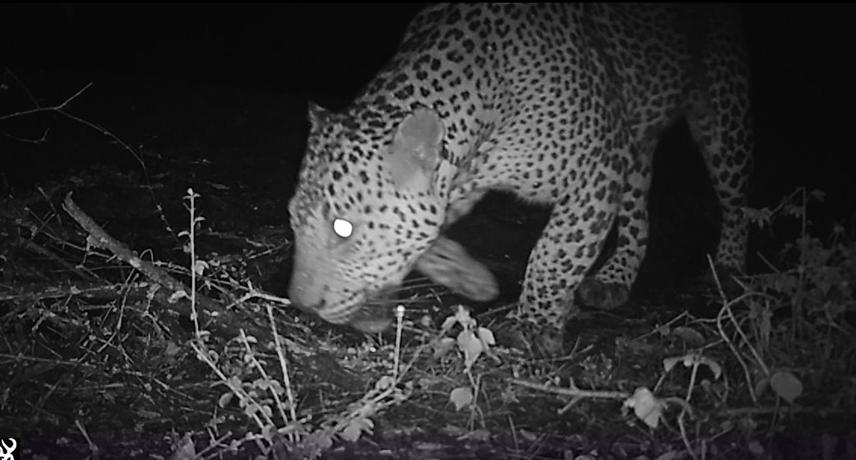Dulan Jayasekara
Other projects
3 Dec 2020
Conservation of Medium Sized Carnivores in and Around Three Protected Areas in Sri Lanka
Despite being an island of 65,612 km², Sri Lanka harbours a rich assemblage of mammalian fauna. From the apex predators such as leopards, to the lower tropic predators, omnivores and seed dispersing civets, the order Carnivora is represented in Sri Lanka by a variety of large and medium sized mammalian species. Being the top predator of the island's forests, the Sri Lankan leopard acts as a keystone species with high conservation importance which could impact the natural ecosystem balance. The sloth bear is one of the least studied mammals in Sri Lanka. Meanwhile, terrestrial medium-sized carnivores of tropical forests represent an ecologically diverse and influential guild of forest vertebrates playing key roles as predators as well as prey. In the tropical forests of Sri Lanka, this group of animals is represented by small cats, civets, mongooses, otter, and jackal.

A male Sri Lankan Leopard (Panthera pardus kotiya) recorded in a camera trap, Dry zone forests of Sri Lanka.
This is a continuation of our work carried out under the funding of Rufford grants previously in three protected areas of Sri Lanka. The proposed study is aimed to focus on medium sized terrestrial carnivores as well as the two large carnivores present in Kumana National Park, the leopard and sloth bear. Most of the expected findings will be first time evaluations for the study site with proper scientific approaches.
With the previous experience of camera trapping, it is expected to produce accurate data on species occupancy, habitat use (spatial and temporal), niche overlaps, and population densities. Based on presence and maxent modelling techniques camera trap data will be analysed together with other remote sensing data to generate present and future species distribution models for the study site. It will be highly useful in determining critical habitats and areas for conservation and management intervention. As in our previous work, population densities of focal species will be estimated for the first time at the study site.
The ultimate outcome of the project would help determining the critical habitat areas for the species and their status evaluation will be supported by population density estimation and distribution modelling to supplement for IUCN species evaluations. The project also aims to raise awareness and conduct capacity building workshops for the school children, local villagers, park visitors and other associated stakeholders. We also hope to make documentaries to influence a broader audience to raise conservation awareness.
Header: A Rusty-spotted cat (Prionailurus rubiginosus) which is the world’s smallest cat species recorded in a camera trap, Dry zone forests of Sri Lanka.